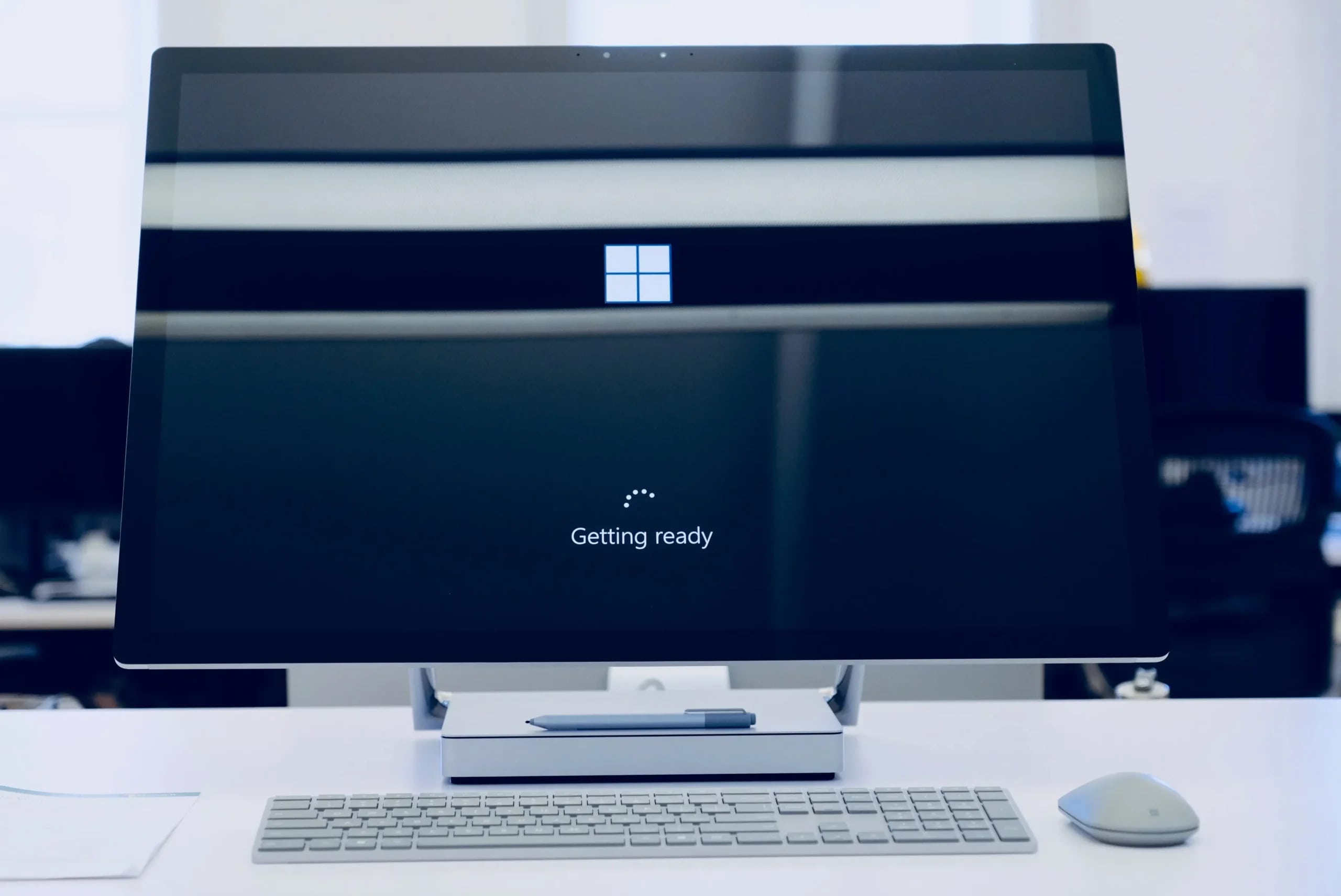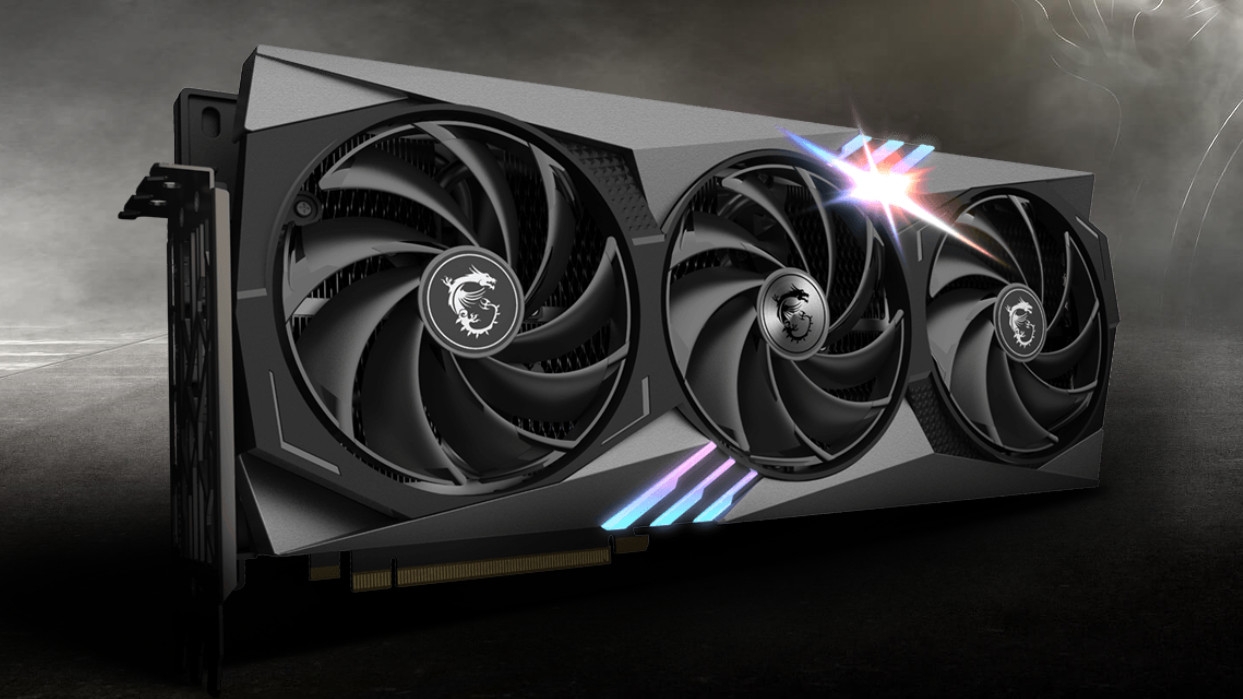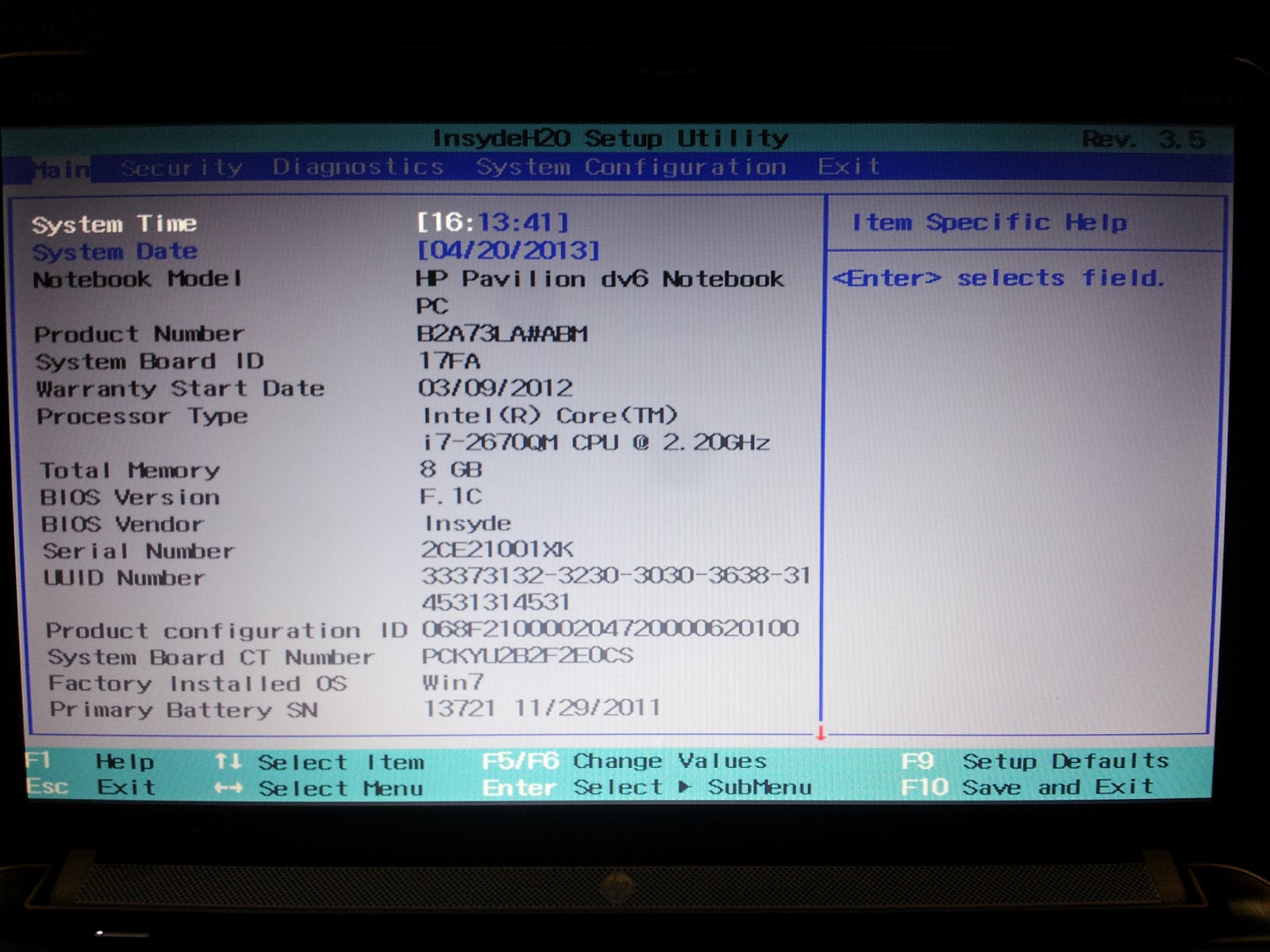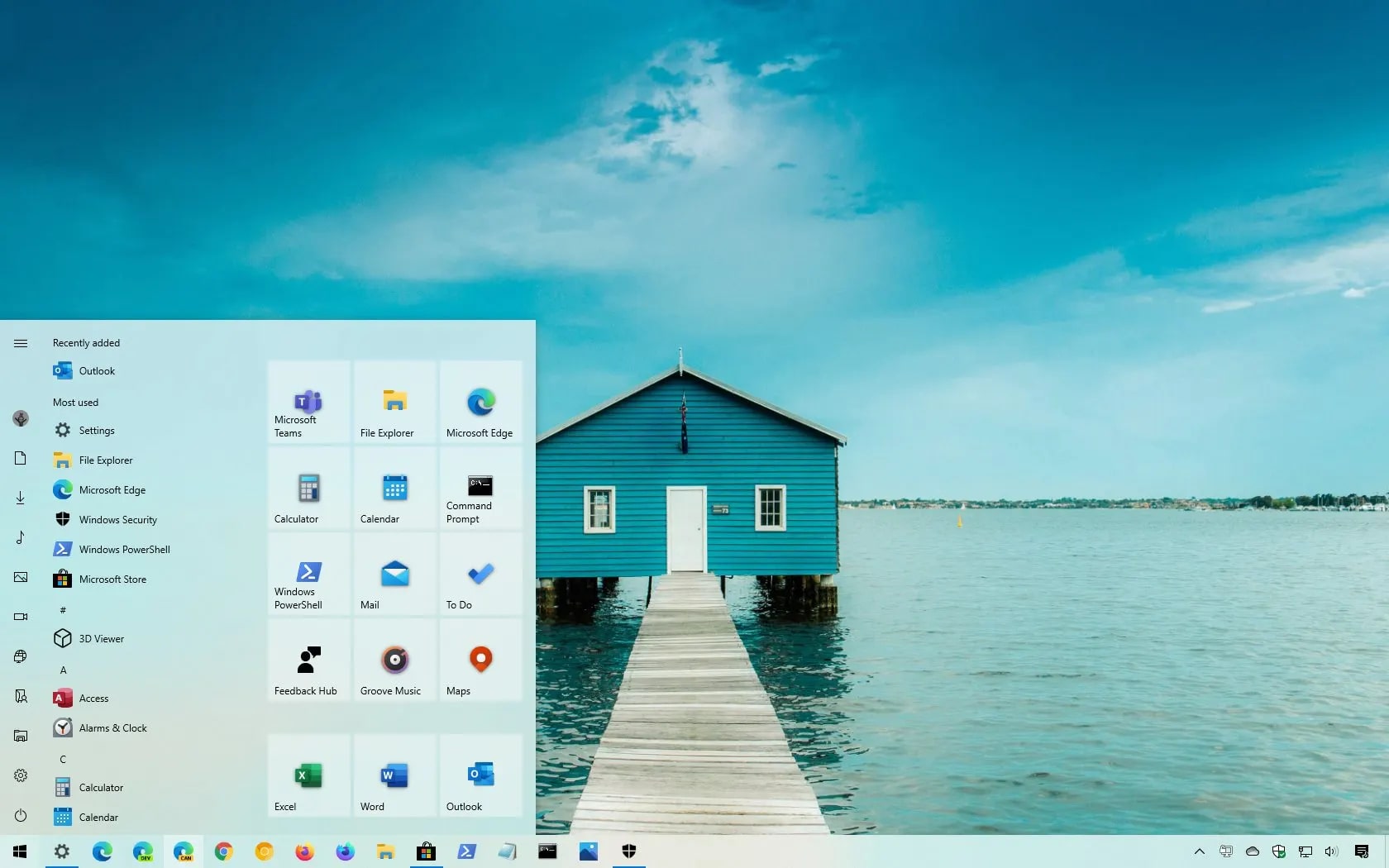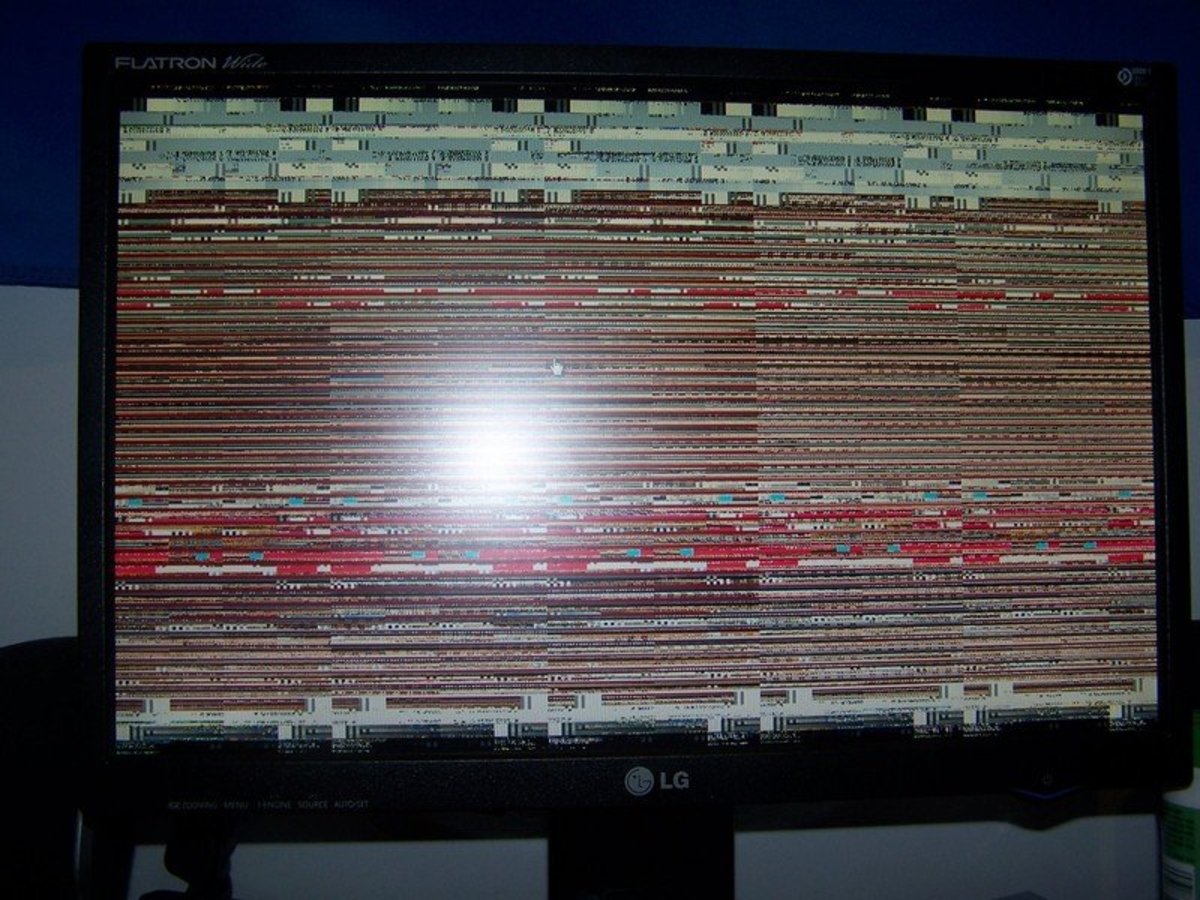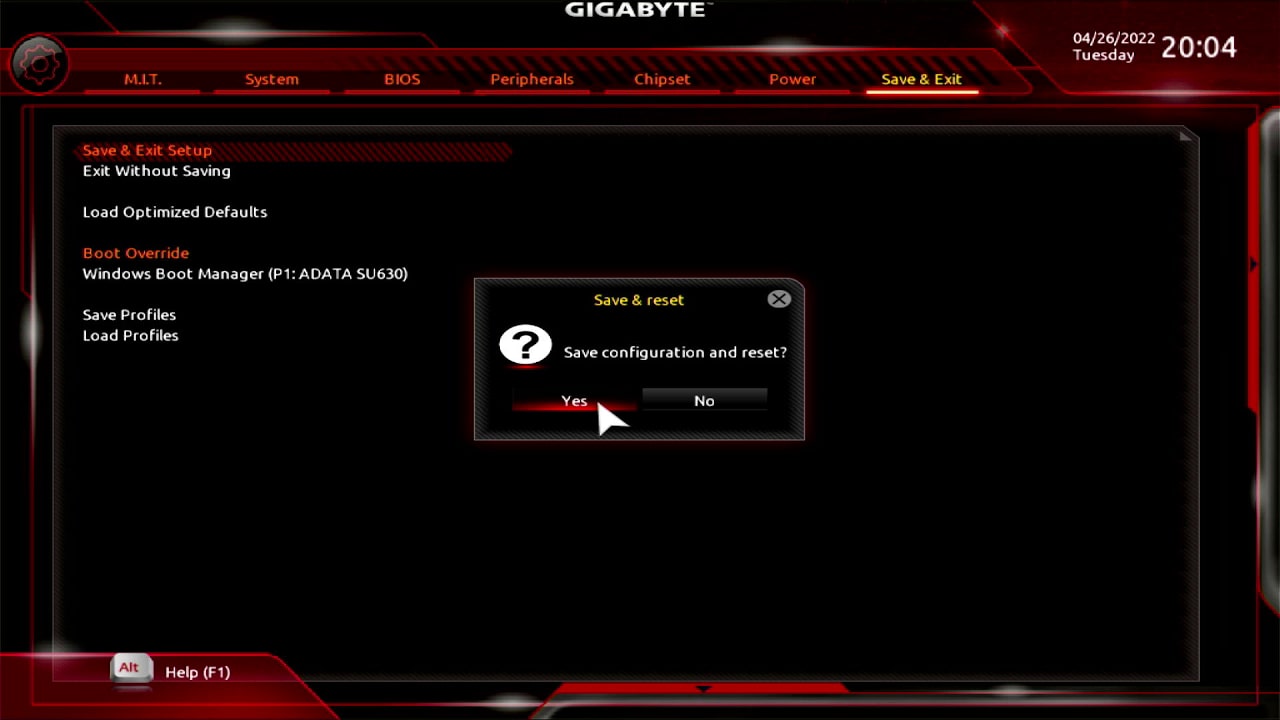Introduction
Welcome to the world of graphics cards, where stunning visuals and smooth gameplay are brought to life. Graphics cards play a crucial role in rendering images, videos, and games on your computer screen. However, like any other piece of hardware, graphics cards can occasionally encounter issues that may require a restart.
Restarting a graphics card can help resolve a variety of issues, such as display glitches, driver conflicts, or performance slowdowns. It essentially allows the card to reset and refresh its settings, providing a clean slate for optimal performance.
In this article, we will take a closer look at the reasons why you may need to restart a graphics card and provide you with a step-by-step guide on how to do it. Whether you’re experiencing visual anomalies, performance issues, or simply want to update your graphics card drivers, we’ve got you covered.
Before we delve into the methods for restarting a graphics card, it’s essential to note that these steps apply to Windows operating systems. The exact steps may vary slightly based on your specific version of Windows, but the general principles remain the same.
Now, let’s dive deeper into the reasons why you might need to restart your graphics card and explore the different methods you can use to accomplish this.
Reasons for Restarting a Graphics Card
There are several reasons why you might need to restart your graphics card. Let’s explore some of the most common scenarios that warrant a restart:
- Display Glitches: One of the main reasons to restart your graphics card is when you experience display glitches. These glitches can manifest as flickering screens, graphical artifacts, or even a complete loss of display. Restarting the graphics card can help resolve these issues by clearing any temporary errors or conflicts that may be causing the glitches.
- Driver Conflicts: Graphics card drivers are crucial in ensuring the smooth and optimal functioning of your graphics card. Occasionally, conflicts can occur between the driver and other software or hardware components in your system. Restarting the graphics card can help resolve these conflicts and ensure that the driver operates correctly.
- Performance Slowdowns: If you notice a sudden decline in the performance of your graphics card, restarting it can be a good troubleshooting step. Over time, the graphics card’s memory or processing power may become overwhelmed, resulting in diminished performance. By restarting the card, you give it a chance to clear its memory and restart fresh, potentially improving its performance.
- Software Updates or Upgrades: When installing new software or updating existing ones, conflicts with the graphics card can arise. Restarting the graphics card can help establish a clean connection between the software and the card. It ensures that the updated or newly installed software can communicate effectively with the graphics card, reducing the chances of compatibility issues.
- Routine Maintenance: Just like any other hardware component, graphics cards benefit from regular maintenance. Restarting the graphics card periodically can help prevent any potential issues from building up over time. It allows the card to clear temporary files, reset settings, and refresh its overall performance.
Regardless of the specific reason, restarting your graphics card is often a simple and effective solution to address various issues that may arise. In the following sections, we will guide you through different methods to restart your graphics card, so you can get back to enjoying smooth visuals and enhanced gaming experiences.
Step-By-Step Guide on How to Restart a Graphics Card
Restarting a graphics card involves a few simple steps that can be easily performed on your Windows computer. Here’s a step-by-step guide to help you through the process:
- Method 1: Restarting from the Device Manager
- Method 2: Restarting via the Control Panel
- Method 3: Restarting by Rebooting the Computer
- Method 4: Restarting by Updating Graphics Card Drivers
– Press the Windows key + X on your keyboard and select Device Manager from the menu.
– In the Device Manager window, expand the Display adapters category.
– Right-click on your graphics card and select Disable device.
– Wait for a few seconds, then right-click on the graphics card again and select Enable device.
– Open the Control Panel by searching for it in the Windows search bar.
– Click on Hardware and Sound.
– Under the Devices and Printers section, click on Device Manager.
– In the Device Manager window, expand the Display adapters category.
– Right-click on your graphics card and select Disable.
– Wait for a few seconds, then right-click on the graphics card again and select Enable.
– Click on the Windows Start button and select Restart from the power options.
– Wait for your computer to reboot.
– Open your preferred web browser and visit the website of your graphics card manufacturer (e.g., NVIDIA, AMD, Intel).
– Search for the latest drivers for your specific graphics card model.
– Download and install the updated graphics card drivers.
– Follow any on-screen instructions provided by the driver installation wizard.
By following these simple steps, you can effectively restart your graphics card and address any issues that may have been affecting its performance. Remember to choose the method that best suits your needs and use the appropriate steps accordingly.
Now that you know how to restart a graphics card, let’s explore some common issues and troubleshooting tips that can further help you in maintaining a smooth and reliable graphics card performance.
Method 1: Restarting from the Device Manager
If you’re experiencing issues with your graphics card and want to restart it, one of the easiest methods is through the Device Manager. Follow the step-by-step guide below to restart your graphics card using this method:
- Press the Windows key + X on your keyboard to open the Quick Access Menu.
- From the menu, select Device Manager. This will open the Device Manager window.
- In the Device Manager window, locate and expand the Display adapters category. This will display the graphics cards installed on your computer.
- Right-click on your graphics card and select Disable device from the context menu.
- Wait for a few seconds, then right-click on the graphics card again and select Enable device.
By following these steps, you are essentially disabling and re-enabling the graphics card, allowing it to reset and refresh its settings. This can resolve issues such as display glitches, driver conflicts, or performance slowdowns.
It is important to note that disabling and enabling the graphics card may cause your screen to flicker or go blank momentarily. This is normal and part of the process. Once the graphics card is re-enabled, it should function normally again.
This method is a quick and straightforward way to restart your graphics card without the need to reboot your entire computer. However, if you continue experiencing issues, you may consider trying other methods outlined in this article.
Now, let’s move on to the next method and learn how to restart a graphics card using the Control Panel.
Method 2: Restarting via the Control Panel
If you prefer using the Control Panel to manage your computer settings, you can also restart your graphics card from there. Follow the step-by-step guide below to restart your graphics card using this method:
- Open the Control Panel on your Windows computer. You can easily access it by searching for “Control Panel” in the Windows search bar.
- In the Control Panel window, click on the Hardware and Sound category.
- Under the Devices and Printers section, click on Device Manager.
- Within the Device Manager window, locate and expand the Display adapters category. This will display the graphics cards installed on your computer.
- Right-click on your graphics card and select Disable from the context menu.
- Wait for a few seconds, then right-click on the graphics card again and select Enable.
By following these steps, you are disabling and enabling the graphics card through the Control Panel, allowing it to reset and refresh its settings. This can help resolve various issues, including display glitches, driver conflicts, or performance slowdowns.
During the process of disabling and enabling the graphics card, your screen may flicker or go blank momentarily. This is normal, as the graphics card is being reset. Once the process is complete, your graphics card should function normally again.
Restarting your graphics card via the Control Panel is a convenient method that provides an alternative to using the Device Manager. However, if you’re still facing issues after restarting, don’t worry. There are additional methods we’ll cover in the following sections.
Let’s proceed to the next method, which involves restarting the graphics card by rebooting your computer.
Method 3: Restarting by Rebooting the Computer
When troubleshooting issues with your graphics card, sometimes a simple reboot of your computer can solve the problem. Restarting your computer helps clear temporary files and refreshes all system processes, including the graphics card. Here’s how you can restart your graphics card by rebooting your computer:
- Click on the Windows Start button located on the bottom left corner of your screen.
- From the power options, select Restart. Alternatively, you can use the keyboard shortcut Ctrl + Alt + Delete and choose the Restart option.
- Wait for your computer to shut down and then start up again automatically.
During the reboot process, your graphics card will be restarted along with all other system components. This helps clear any temporary glitches or conflicts that may be affecting the performance of your graphics card.
After the computer has fully booted up, test the functionality of your graphics card. If you were experiencing issues before the restart, such as display glitches or performance slowdowns, check to see if the problems have been resolved. In most cases, a simple reboot can work wonders and restore your graphics card to its optimal state.
This method provides a comprehensive restart of your entire system, ensuring that all components, including the graphics card, are refreshed. If you’re still facing issues after rebooting, there are additional methods we’ll explore in the following sections.
Now, let’s move on to the next method, which involves restarting your graphics card by updating its drivers.
Method 4: Restarting by Updating Graphics Card Drivers
If you’re experiencing issues with your graphics card, updating the drivers can often resolve the problem. Outdated or incompatible drivers can cause conflicts and performance issues, which can be remedied by installing the latest drivers. Follow the step-by-step guide below to restart your graphics card by updating its drivers:
- Open your preferred web browser and visit the website of your graphics card manufacturer. For example, if you have an NVIDIA graphics card, go to the NVIDIA website.
- Search for the appropriate drivers for your specific graphics card model. The website usually provides a “Drivers” or “Support” section where you can find the latest drivers.
- Download the latest drivers compatible with your operating system. Make sure to choose the correct drivers for your graphics card model and operating system version.
- Once the download is complete, run the driver installation file.
- Follow the on-screen instructions provided by the driver installation wizard. It may ask you to accept the terms and conditions or choose a destination folder for the installation.
- After the installation is complete, restart your computer to apply the driver updates.
Updating your graphics card drivers allows the card to function optimally, as it ensures compatibility with the latest software and fixes any known bugs or issues. By restarting your system after the driver installation, you allow the graphics card to fully apply the changes and begin fresh with the updated drivers.
It’s important to note that regularly updating your graphics card drivers is beneficial for maintaining a smooth and efficient performance. You can often find driver updates through the manufacturer’s website or by using automatic driver update software provided by reputable third-party applications.
Now that we’ve covered various methods to restart your graphics card, it’s time to explore some common issues and troubleshooting tips that can further assist you in resolving any persistent problems you may encounter.
Common Issues and Troubleshooting Tips
While restarting your graphics card can resolve many issues, it’s essential to be aware of common problems that might persist. Here are some common graphics card issues and troubleshooting tips to help you overcome them:
- Graphics Card Not Detected: If your graphics card is not being detected by your computer, make sure it is properly seated in the PCIe slot. You can also try cleaning the contacts with compressed air and reinserting the card. Additionally, check if the power cables are properly connected to the graphics card.
- Driver Crashes: If you experience frequent driver crashes, it could be due to outdated or incompatible drivers. Ensure that you have the latest drivers installed from the manufacturer’s website. You can also try performing a clean installation of the drivers by using an application like Display Driver Uninstaller (DDU) to remove any remnants of the previous driver version.
- Overheating: Graphics cards can sometimes overheat, resulting in performance issues or system crashes. Ensure that the fans on your graphics card are spinning properly and that the card has sufficient airflow within the computer case. Consider cleaning any accumulated dust on the card and replacing thermal paste if necessary.
- Artifacts or Display Glitches: If you notice strange artifacts or display glitches, it could be a sign of a faulty graphics card or a driver issue. First, try updating your graphics card drivers to the latest version. If the issue persists, test the graphics card in another system or try using a different cable or monitor to rule out any hardware-related problems.
- Performance Slowdowns: If you experience performance slowdowns in games or graphics-intensive applications, ensure that your graphics card is running in high-performance mode. You can adjust the power settings in the graphics card control panel. Additionally, check for any background processes or software that might be hogging system resources and close them if necessary.
- Compatibility Issues: In some cases, certain software or games may not be compatible with your graphics card or its drivers. Check for any updates or patches for the software in question. If the issue persists, reach out to the software or game developers for assistance or consider upgrading your graphics card.
These are just a few common issues and troubleshooting tips for graphics card problems. If you’re still facing issues, consider seeking assistance from online forums, support communities, or contacting the graphics card manufacturer’s customer support for further guidance.
By understanding these common issues and troubleshooting tips, you’ll be better equipped to resolve any problems that may arise with your graphics card and ensure optimal performance.
Now that we’ve covered these troubleshooting tips, let’s wrap up this article.
Conclusion
Restarting your graphics card can be a valuable troubleshooting tool to address various issues such as display glitches, driver conflicts, and performance slowdowns. Throughout this article, we have explored different methods to restart a graphics card and provided step-by-step guides for each method.
Method 1 involved restarting from the Device Manager, allowing you to disable and enable the graphics card. Method 2 focused on using the Control Panel to achieve the same result. Method 3 consisted of rebooting the entire computer, providing a comprehensive restart for all system components. Finally, Method 4 suggested updating the graphics card drivers as a means to restart and resolve any issues.
Additionally, we discussed common issues that users might encounter with their graphics cards and offered troubleshooting tips to address them. By following these tips, you can overcome common problems and maintain a smooth and efficient graphics card performance.
Remember to regularly update your graphics card drivers to ensure compatibility with the latest software and to take preventive measures such as cleaning and proper airflow to avoid overheating issues.
If you are still experiencing persistent issues with your graphics card, consider seeking assistance from online forums, support communities, or contacting the graphics card manufacturer’s customer support for further guidance.
By becoming familiar with the methods to restart a graphics card and troubleshooting steps, you have the tools to keep your graphics card running smoothly and enjoy the stunning graphics and performance it’s designed to deliver.
Thank you for reading, and we hope this article has provided you with helpful insights into restarting a graphics card.







